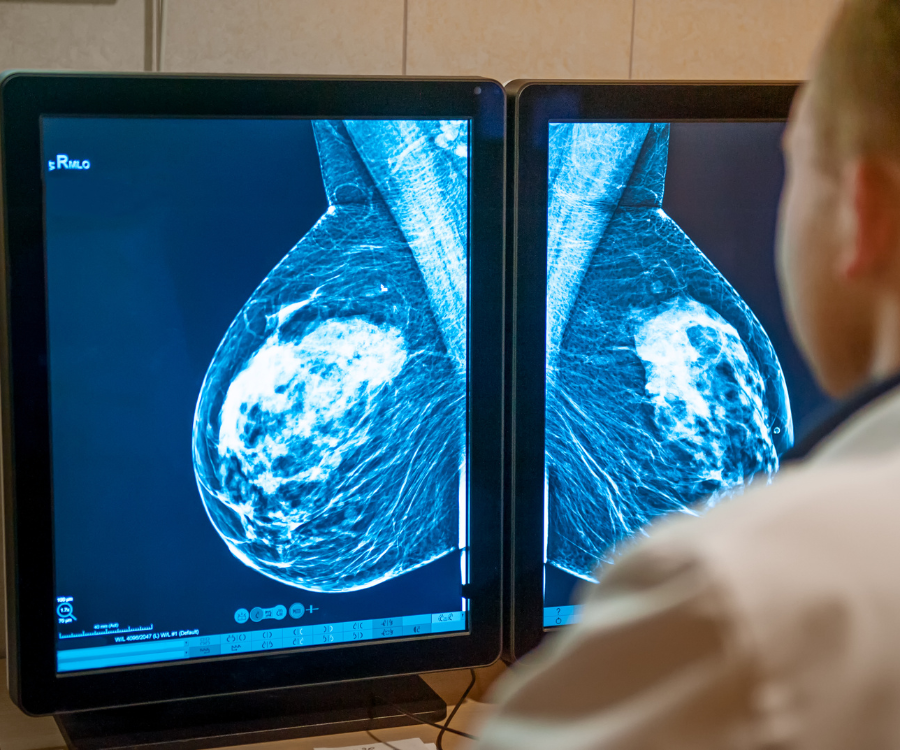When it comes to women’s health, few topics are as vital as breast cancer prevention and early detection. While the terms “mammogram” and “breast x-ray” are often used interchangeably, understanding the specific importance of these imaging tools is crucial for taking control of your well-being.
This isn’t just about a medical procedure; it’s about being proactive and giving yourself the best possible chance for a long and healthy life. So, let’s explore why these screenings are a cornerstone of modern healthcare.
What’s the difference between a Mammogram and a Breast X-ray?
It’s a common point of confusion, but the distinction is simple. A mammogram is a specific type of breast X-ray. Think of it this way: all mammograms are breast X-rays, but not all breast X-rays are mammograms.
- A general breast X-ray might be used to get a single image of the breast, often for a specific diagnostic purpose.
- A mammogram is a specialized, low-dose X-ray examination of the breast that uses a dedicated machine to take multiple images from different angles. It’s specifically designed to detect early signs of breast cancer, even before a lump can be felt.
The key takeaway? When your doctor recommends a breast cancer screening, they are talking about a mammogram. This specialized procedure is the gold standard for early detection.
The Power of Early Detection: Why Mammograms are so Important
The benefits of regular mammograms are indisputable and can be life-changing. Here’s why they are so vital:
- Saving Lives: Studies have consistently shown that regular mammograms significantly reduce the risk of death from breast cancer. Finding cancer in its earliest stages, when it is small and hasn’t spread, dramatically increases survival rates and offers more treatment options.
- Catching the Unseen: Mammograms can detect tiny abnormalities, such as microcalcifications or small tumors, that are impossible to feel during a self-exam or a clinical breast exam. This is the ultimate form of proactive healthcare.
- Less Invasive Treatment: When breast cancer is found early through a screening mammogram, the treatment is often less aggressive. This can mean avoiding more extensive surgeries or intense therapies, leading to a better quality of life and a faster recovery.
- Peace of Mind: For most women, the results of a mammogram will be normal, providing invaluable peace of mind. While the procedure might be slightly uncomfortable for a few moments, the reassurance it provides is well worth it.
When Should You Start Getting Mammograms?
The recommendations for when to start and how often to get a mammogram can vary slightly between different health organizations. However, most agree on a few key points:
- For women at average risk: The consensus among many major health organizations is to begin annual mammograms at age 40.
- For women at increased risk: If you have a family history of breast cancer, a genetic predisposition, or other risk factors, you should talk to your doctor about starting screenings earlier and potentially having additional tests like a breast ultrasound or MRI.
It’s important to have an open conversation with your healthcare provider to determine a screening schedule that is right for you, based on your personal health history.
The Mammogram Experience: What to Expect
Many women feel apprehensive before their first mammogram. Knowing what to expect can help ease any anxiety.
- Preparation: On the day of your appointment, it’s best to avoid wearing deodorant, antiperspirant, or powder, as these can interfere with the image. Wearing a two-piece outfit is a good idea, as you will only need to undress from the waist up.
- The Procedure: A certified technologist will position your breast in the machine. Your breast will be compressed between two plates for a few seconds while the X-ray images are taken. This compression is necessary to get a clear image with a low dose of radiation. While it can be uncomfortable, it is quick and not typically painful.
- Afterward: The entire process usually takes less than 20 minutes. The images are then reviewed by a radiologist. You and your doctor will receive the results, and if anything looks suspicious, you may be called back for a diagnostic mammogram or another test to get a closer look.
Take Control of Your Health
Routine mammograms are a powerful tool in the fight against breast cancer. They are not just another medical appointment; they are a vital step in taking charge of your health. By understanding the importance of these screenings and following a proactive schedule, you are making a conscious choice to prioritize your well-being. Don’t let fear or misconceptions hold you back. Schedule your mammogram today and give yourself the gift of early detection.

No comment